Few scenes are more representative of rural Taiwan than a mountain slope covered in row upon row of carefully manicured tea plants. Like staring at the raked sand in a Zen garden, seeing these natural features in an unnaturally perfect arrangement of parallel lines has a certain calming effect. Snapping photos of the tea plantations blanketing Taiwan’s mountain is a favorite activity among tourists but, unfortunately, the experience is often rather superficial.
As these tea fields are part of working farms, it’s not usually possible to walk amongst them or sample the teas they are producing, much less understand how the entire production process works. Some growers, however, do invite tourists to get up close with tea plants, to sit down for a cup of tea with them and to learn about the tea production process itself.
Sheng Li Farm (生力農場) in the community of Siding (隙頂) in Chiayi County is one such place. They have been operating for over 40 years, and now include an introduction to tea production as part of their business. It’s a great way to explore this important aspect of the culture and economy of Taiwan, and you get to take home a bag of tea that you personally picked and processed.
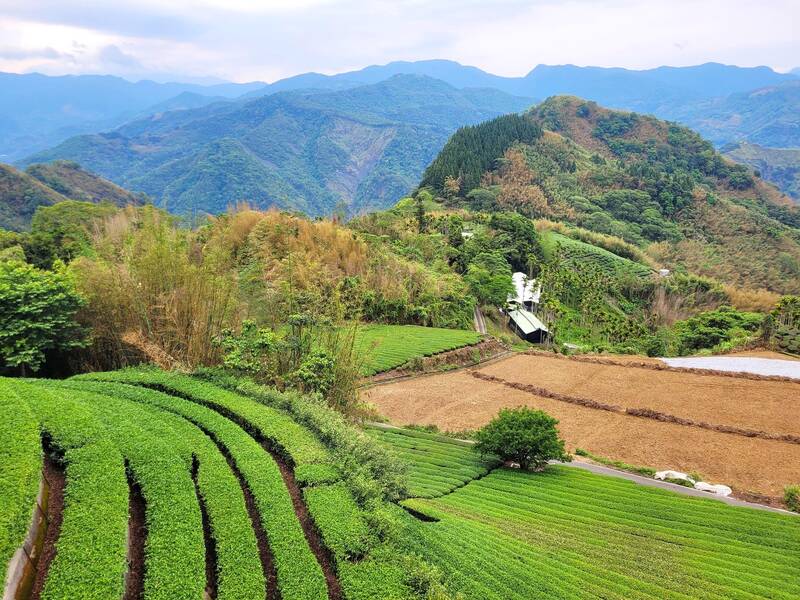
Photo: Tyler Cottenie
PICKING
The tour begins in the tea fields themselves. On the day we visited, it was threatening to rain when we arrived, so we were told to suit up and start picking tea as soon as possible. We donned an item of clothing that consisted of a shoulder covering and two sleeves in vibrant polka-dot and floral prints — forget any urban fashion sense when picking tea — as well as a conical bamboo hat, and a mesh bag to hold our harvest.
The owner guided us to one of his tea fields adjacent to the highway and gave us a crash course on tea leaf harvesting before setting us loose. Picking itself was easy work, done by pinching the stem and snapping off the top leaves. Identifying which leaves should be picked, however, was no simple task, and my errors became obvious later as we were processing the tea.
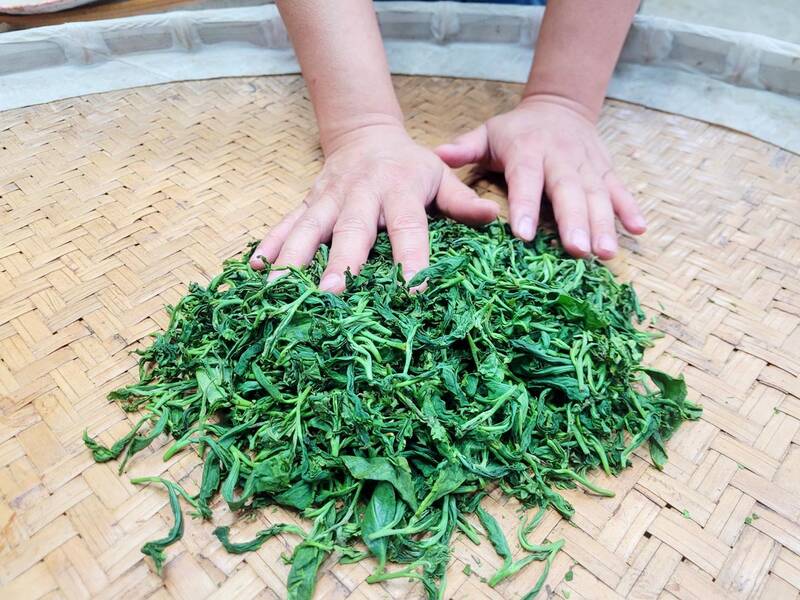
Photo: Tyler Cottenie
Generally, for oolong tea, one bud at the tip of a branch along with the first two leaves are picked together as a unit, though if the second leaf down is not tender enough, it may be left on the bush. Identifying which leaves are tender enough can be done visually or by touch, but is a very slow process for the untrained. The owner was casually snapping off tea leaves as he examined his crop, handing them to me to put in my mesh basket. For every poor-quality handful I managed to pick, he had already handed me five or six of his own, of much better quality.
PROCESSING
It started raining, so we headed inside to tour the processing room and begin transforming our freshly picked leaves into dried green tea ready for steeping. We laid the leaves out on a circular bamboo tray indoors. Oolong teas may be laid out in the sun first, and then brought inside to rest on one of these trays, which are then stacked on a shelf. For large batches, teamakers now use much larger trays with synthetic mesh, as wide as the entire room.
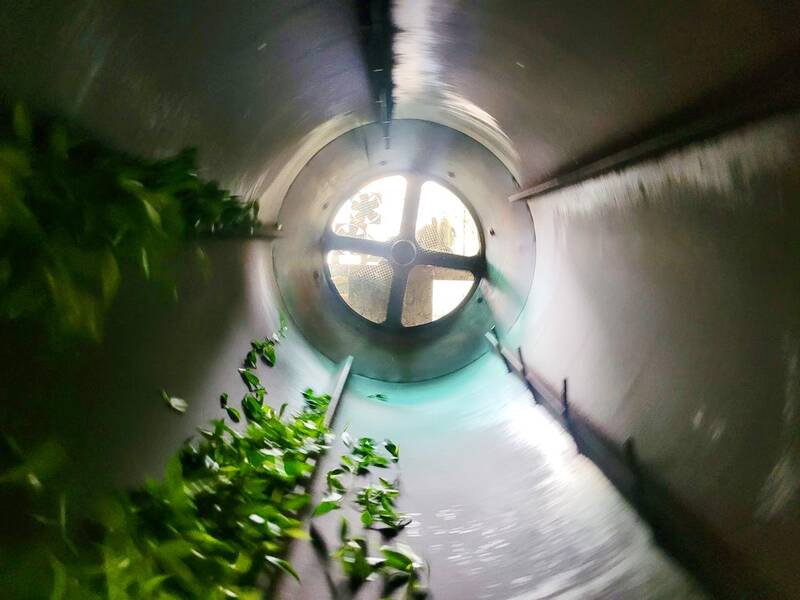
Photo: Tyler Cottenie
During this “withering” step, the temperature and humidity in the room are carefully controlled to allow the tea leaves to give up some of their moisture content. Knowing exactly how humid and how cool to keep the air only comes after years of experience, and expert teamakers can tell when this step is done by the smell alone. Leaves that will be made into oolong and black teas are tossed and tumbled during this step to damage the cell walls, initiating oxidation.
When the leaves have oxidized just enough, they are then immediately put into a heated rotating metal barrel for “firing.” This brief exposure to heat kills the oxidation enzymes, fixing the flavor profile. Green tea, however, does not require oxidation, so we got to fire our tea leaves immediately to prevent any unwanted oxidation.
We poured our freshly fired tea leaves back onto the bamboo tray and began “rolling” them. Using our bare hands, we gathered the leaves up into a clump and pushed on them as we rolled them around and around on the tray. The resulting clump of tea leaves was then gently pried apart, and we saw that each leaf was now rolled into a thin strip ready for the drier. Leaves that should never have been harvested were obvious at this point, as they were too tough to take on a new shape.
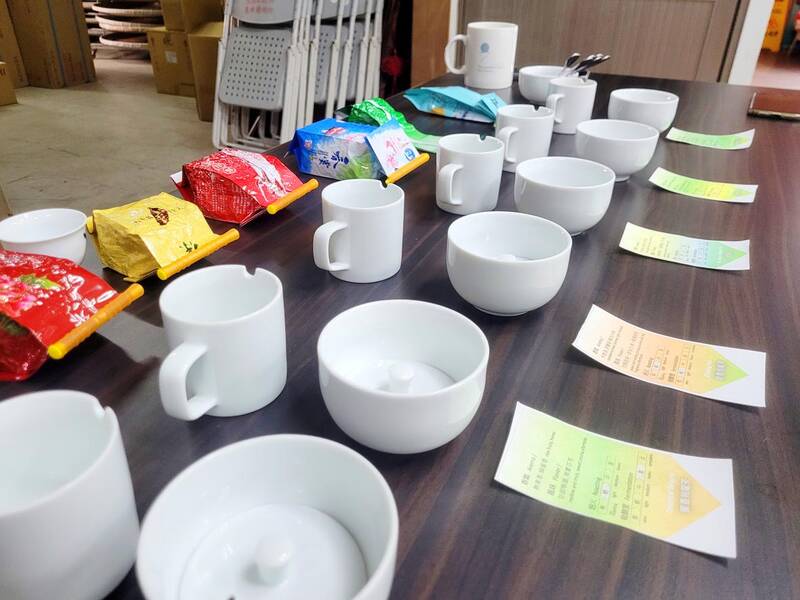
Photo: Tyler Cottenie
Nowadays, this rolling is usually done in a cloth bag by machine. The leaves are rolled, pulled apart, dried slightly and then rolled again. This process is repeated half a dozen times until the tea leaves have rolled all the way up into the little ball shapes. The last step for some oolong and all black teas is roasting, which imparts rich, cereal flavors to the leaves and changes their color.
ENJOYING
While our tea leaves dried, the owner sat us down for a tea tasting session. He let us sample a green tea, four oolong teas and a black tea, each one produced on the farm, and each one brewed to perfection. This experience allowed us to notice the subtle differences between oxidized and non-oxidized teas, as well as different degrees of roasting. We ended up chatting for over an hour with him about tea, about the business and about life in Chiayi. He is highly knowledgeable and enthusiastic about his profession, and was very generous with his time, considering there were only two of us paying for a tour that day.
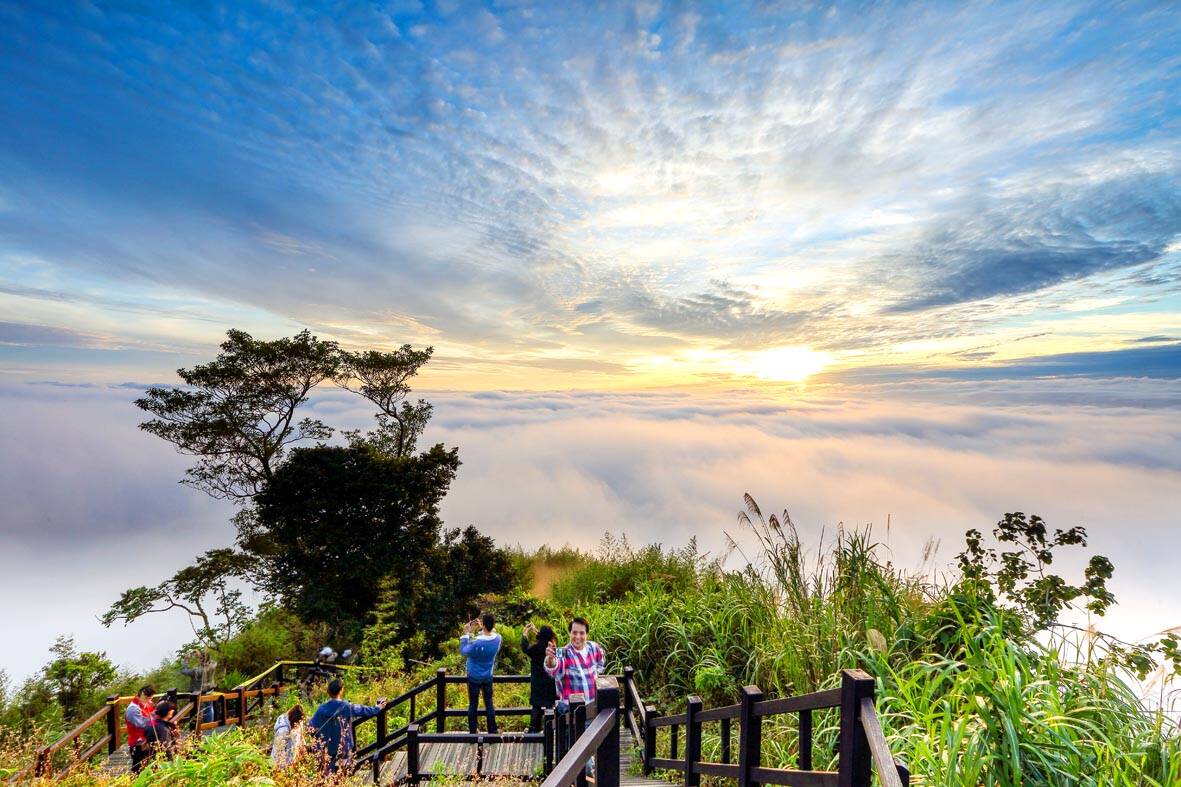
Photo courtey of feng8035 on flickr, licensed under CC BY-SA 2.0
Once our leaves were dry, he packed them in standard vacuum bags and presented them to us, along with a gift box containing even more tea and a small tea cup. We then headed out to sightsee in the surrounding area before returning home. In Siding itself, there are wooden walkways with pavilions set up for tourists that provide exceptional views of the tea fields. When the weather is right, the sunset from one of these elevated vantage points is breathtaking, far superior to the famed Alishan sunrise, and without the 4am wake-up.
Ten minutes further up the highway is Shihjhuo (石棹), where you can find a few restaurants and shops. From here, turn north and drive a few more minutes to reach Fenchihu (奮起湖), one of the stops on the Alishan Railway. This town boasts beautiful forest trails, overnight accommodations and a large number of vendors selling delicious produce and snacks. You could even take the train down to Chiayi Station from here for a change of scenery.
IF YOU GO
For the tea production tour at Sheng Li Farm, contact Huang Shih-An (黃世安) at (09) 2024 9108 or “teaufo” on LINE (Chinese only). The tour costs NT$500 per person. To reach the farm by public transit, take Bus 7322, 7302, 7322A or 7314 from the Chiayi train station and get off at “Dong Xiding” stop. Onward transportation to Fenchihu from the same bus stop is possible with Bus 7302 or 7322A. The train departs Fenchihu for Chiayi at 9am and 2:30pm.
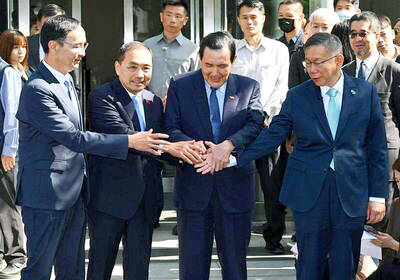
Has the Taiwan People’s Party (TPP) changed under the leadership of Huang Kuo-chang (黃國昌)? In tone and messaging, it obviously has, but this is largely driven by events over the past year. How much is surface noise, and how much is substance? How differently party founder Ko Wen-je (柯文哲) would have handled these events is impossible to determine because the biggest event was Ko’s own arrest on multiple corruption charges and being jailed incommunicado. To understand the similarities and differences that may be evolving in the Huang era, we must first understand Ko’s TPP. ELECTORAL STRATEGY The party’s strategy under Ko was

Before the recall election drowned out other news, CNN last month became the latest in a long line of media organs to report on abuses of migrant workers in Taiwan’s fishing fleet. After a brief flare of interest, the news media moved on. The migrant worker issues, however, did not. CNN’s stinging title, “Taiwan is held up as a bastion of liberal values. But migrant workers report abuse, injury and death in its fishing industry,” was widely quoted, including by the Fisheries Agency in its response. It obviously hurt. The Fisheries Agency was not slow to convey a classic government

It’s Aug. 8, Father’s Day in Taiwan. I asked a Chinese chatbot a simple question: “How is Father’s Day celebrated in Taiwan and China?” The answer was as ideological as it was unexpected. The AI said Taiwan is “a region” (地區) and “a province of China” (中國的省份). It then adopted the collective pronoun “we” to praise the holiday in the voice of the “Chinese government,” saying Father’s Day aligns with “core socialist values” of the “Chinese nation.” The chatbot was DeepSeek, the fastest growing app ever to reach 100 million users (in seven days!) and one of the world’s most advanced and
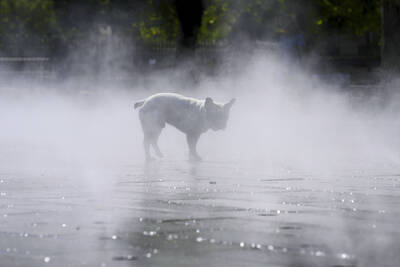
It turns out many Americans aren’t great at identifying which personal decisions contribute most to climate change. A study recently published by the National Academy of Sciences found that when asked to rank actions, such as swapping a car that uses gasoline for an electric one, carpooling or reducing food waste, participants weren’t very accurate when assessing how much those actions contributed to climate change, which is caused mostly by the release of greenhouse gases that happen when fuels like gasoline, oil and coal are burned. “People over-assign impact to actually pretty low-impact actions such as recycling, and underestimate the actual carbon